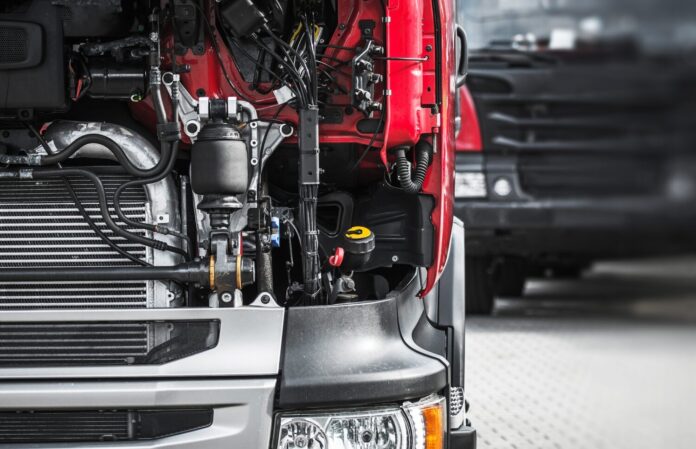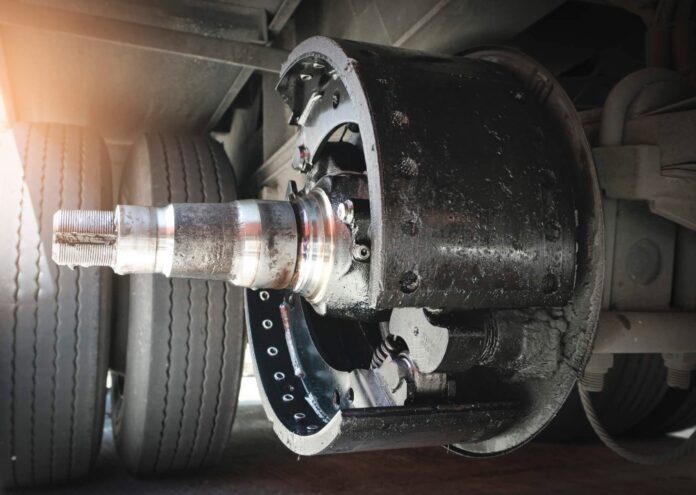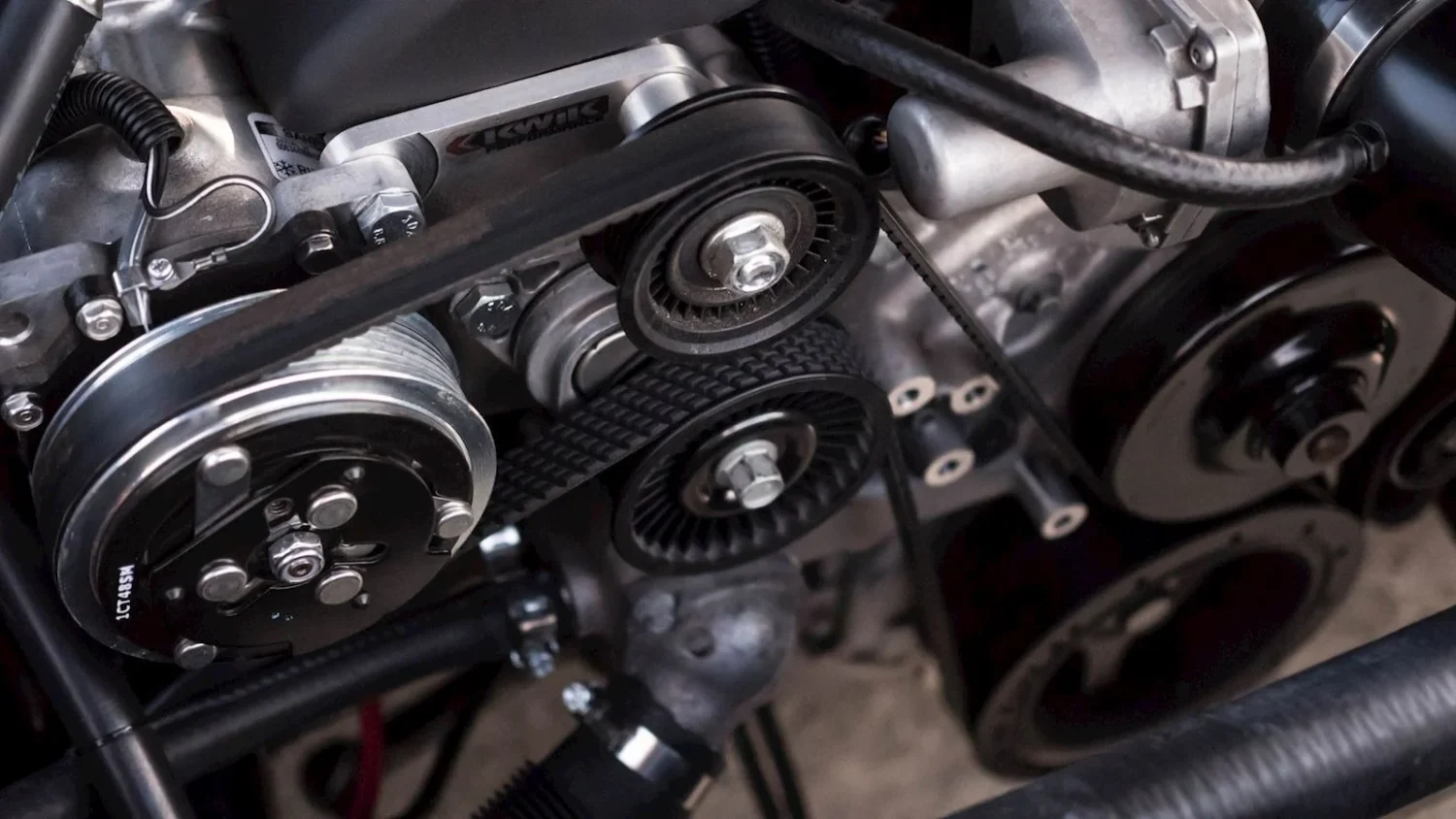Keeping a truck rolling means keeping it ready for the next long haul, not stranded on the side of the road. Maintenance for trucks isn’t just about checking boxes or following a rigid schedule—it’s about knowing the right times to act before minor issues grow into expensive repairs. Getting ahead with truck maintenance schedules can save you time, hassle, and money.
Here, we break down maintenance scheduling in a way that makes sense to everyone. Let’s talk about what’s actually necessary, what can wait, and how a little knowledge can keep the wheels turning smoothly.
Key Points
- Keep up with routine checks.
- Oil changes aren’t optional.
- Brake inspections save lives.
- Prevent wear with regular upkeep.
- Plan services around mileage.
Why Routine Maintenance Schedules Matter
The reality is ─ a truck that skips maintenance is a truck that breaks down when you least expect it. Mechanics know, missing even one check-up can result in a world of hurt for your truck—and your wallet. A well-maintained truck runs smoother, lasts longer, and helps avoid all those surprise repairs that no one has time for.
Let’s get right to it: If you think you can delay, think again. Every skipped check-up is a risk. Truck parts take a beating over time, especially if you’re hauling heavy loads or driving through rough conditions. That’s why the right aftermarket truck parts can help with everything from brake pads to filters, letting you keep replacements on hand without the wait. Ever Trust Parts offers a variety of parts that can keep you ready for whatever the road throws your way.

Mileage-Based Maintenance
Manufacturers suggest specific mileage for every service. Here’s how it usually breaks down:
- 3,000-7,000 miles ─ Time to check oil levels and change the oil. Stick to high-quality oil—it keeps the engine from gunking up, meaning fewer breakdowns.
- 15,000-30,000 miles ─ Replace air and fuel filters. Dust and dirt clog up airflow, which means reduced fuel efficiency.
- 35,000-50,000 miles ─ Get a thorough brake check. If the brakes are squealing, grinding, or feeling spongy, they need immediate attention. Brake problems lead to risky situations, so don’t skimp here.
- 60,000 miles and up ─ Inspect belts and hoses for wear. These parts keep the engine’s systems running smoothly; if they snap, you’re looking at a roadside emergency.
Regular checks on these intervals aren’t just recommendations. They’re essential markers to ensure everything stays in top shape.
Oil Changes ─ The Lifeblood of Your Engine
Engines run hot, so oil keeps everything from seizing up. Changing it when the manufacturer recommends, usually every 5,000 miles, can make a world of difference. Dirty oil creates friction, and more friction leads to more engine wear. Avoid that by getting oil and filter changes on schedule, even if it seems like it can wait. Fresh oil means the engine parts glide, not grind.
Brake Checks – Your Safety Net
Brakes have one job: to stop your truck, and they can’t do it well if they’re worn down. If you’re driving in city traffic or on hilly terrain, brake pads can wear out faster. So, brake inspections need to be regular. Checking them every 20,000 miles or so ensures they work when you need them most.
Waiting to hear a squeal before you check them is a risky move. When the pads wear thin, metal scrapes metal, which means an expensive repair.

Tires – More Than Just Rubber
Tires give traction, absorb shock, and help you maneuver safely. Rotating tires every 6,000-8,000 miles helps them wear evenly, extending their life. Plus, keep an eye on tread depth—bald tires on wet or icy roads make for a bad time. Swap out any tire that shows signs of balding or uneven wear.
Cooling System – Don’t Let the Engine Overheat
Engines need proper cooling, especially during long trips in the summer heat. A worn-out radiator or leaky hoses can lead to overheating. Changing out the coolant every 30,000 miles keeps everything cool. Inspect the radiator hoses at the same time—soft hoses may mean they’re about to leak.
Battery – Keep the Power Flowing
Nothing kills a morning faster than a dead battery. Test the battery every 20,000 miles. When the battery starts getting sluggish, it’s time for a replacement. A good battery is vital for starting the engine, powering lights, and running electronic systems.
Engine Belts and Hoses – The Unsung Heroes
Engine belts and hoses rarely get the attention they deserve, yet they handle a lot of the heavy lifting. The serpentine belt, for example, powers essential components like the alternator and power steering pump. If a belt snaps or a hose leaks, you’re in for a tough time on the road. Inspect these parts every 50,000 to 60,000 miles. Look for cracks, wear, or slack in the belts, and check hoses for leaks or signs of brittleness. Replacing them before they break keeps your truck running smoothly and prevents costly repairs down the line.

Common Maintenance Questions
1. When should I do my first maintenance check after buying a truck?
Usually, after the first 3,000 miles. New trucks may not show issues, but a check-up helps spot minor adjustments before they become bigger concerns.
2. How often should I rotate my tires?
About every 6,000 to 8,000 miles. Regular rotations prevent uneven wear, which can extend tire life.
3. Can I skip oil changes if I don’t drive a lot?
No, even infrequent use breaks down oil. If the truck sits for months, change the oil every six months to keep it fresh.
4. What’s the biggest maintenance mistake truck owners make?
Ignoring brake checks. Brakes wear down faster with heavier loads or city driving. Regular checks mean fewer emergencies.
5. How do I know when my battery is about to fail?
Slow starts, dim headlights, and a low battery charge indicator mean it’s time for a new one.
Conclusion
Stay ahead with routine checks, stick to the right intervals, and keep all the parts working as they should. Don’t let small issues pile up. A well-maintained truck doesn’t just perform better; it gives peace of mind for every mile.









